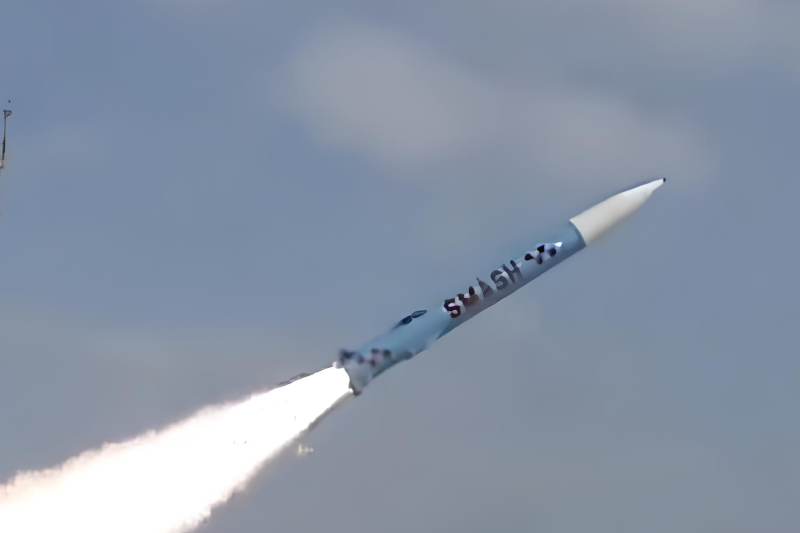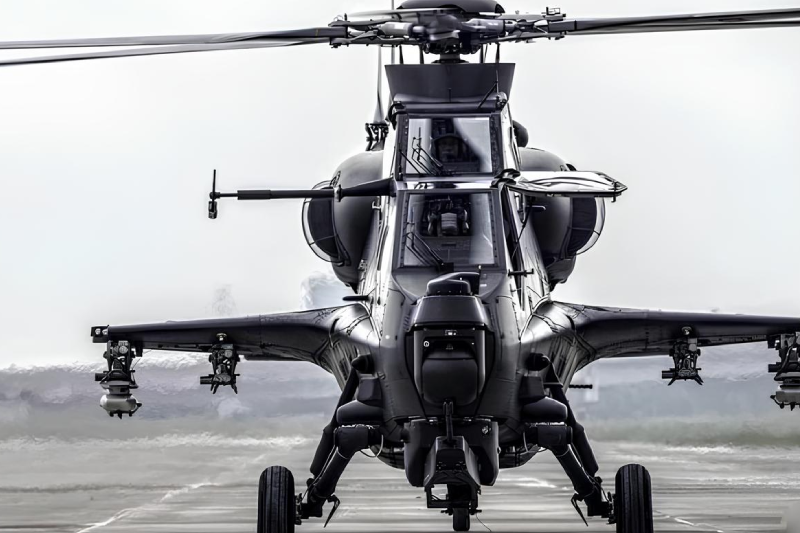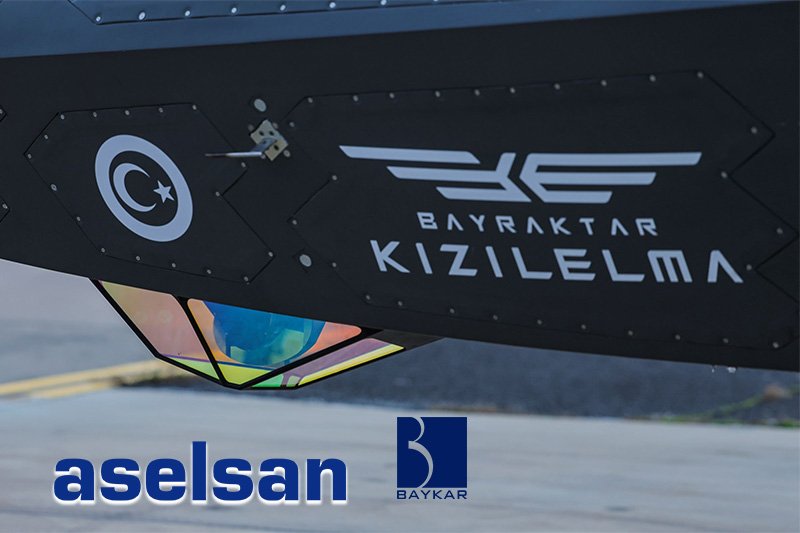Ukraine’s Operation Web: FPV Drone Strike Hits Russian Bombers
Ukraine has executed one of the most sophisticated drone warfare operations in modern military history, devastating four major Russian airbases in a coordinated assault dubbed “Russia’s Pearl Harbor” by Russian media. Operation “Web” demonstrated the devastating potential of first-person view (FPV) drone swarms against high-value strategic targets, destroying over forty Russian aircraft including multiple Tu-95MS and Tu-160 strategic bombers across locations spanning from the Arctic to Siberia. “Ukraine’s Operation Web: FPV Drone Strike Hits Russian Bombers”.
18-Month Secret Prep Behind Operation Web
Operation “Web” represents the culmination of an extensive eighteen-month intelligence and engineering campaign orchestrated by Ukraine’s Security Service (SBU). Under direct supervision of President Volodymyr Zelensky and SBU Chief Vasyl Maliuk, Ukrainian engineers developed specialized FPV kamikaze drones capable of penetrating Russia’s sophisticated air defense networks.
The meticulous preparation phase involved refining drone designs to optimize speed, maneuverability, and explosive payload capacity. These advanced kamikaze drones featured high-resolution cameras providing remote pilots with real-time visual navigation capabilities, enabling precise targeting of heavily fortified military installations.
Covert operatives successfully smuggled drone components and specially designed mobile wooden cabins into Russian territory using civilian logistics networks. The ingenious cabin design featured remote-controlled roofs that opened silently to release drone swarms at predetermined moments, demonstrating remarkable operational security and tactical innovation.
Devastating Arctic Assault on Olenya
The operation commenced with coordinated FPV drone waves targeting Olenya Airbase on the Kola Peninsula, located ninety-two kilometers south of Murmansk. Russian air defense crews, trained primarily for conventional aircraft threats, proved inadequate against the small, agile drones operating beneath radar detection thresholds.
Within ten minutes of the initial assault, multiple Tu-95MS strategic bombers erupted in flames across the airfield. These aircraft represent critical components of Russia’s nuclear deterrence capability, making their destruction strategically significant beyond immediate tactical losses. Video documentation revealed aircraft wings buckling under intense heat while fuselages collapsed as emergency crews battled towering infernos.
Simultaneously, Belaya Airbase suffered parallel drone attacks approximately two hundred kilometers south of Murmansk. At least two additional Tu-95MS bombers and several support aircraft sustained direct hits, with fires spreading rapidly across the tarmac. The coordinated timing overwhelmed Russian response capabilities, preventing effective countermeasures during the critical initial phases.
Siberian Strikes Target Tu-160 Strategic Bombers
While Arctic bases burned, a parallel assault unfolded three thousand kilometers southeast near Irkutsk. A concealed truck-mounted wooden cabin positioned along a desolate road opened to release FPV drone swarms targeting the nearby airfield during sunrise hours.
Two Tu-160 Blackjack strategic bombers became primary targets, with drone pilots successfully guiding explosive-laden aircraft directly into the supersonic bombers. The strikes ignited fuel tanks and tore open fuselages, creating thick black smoke plumes visible across the Siberian landscape. These attacks marked the first successful FPV drone strikes against Russia’s premier supersonic strategic bomber fleet.
Reports indicate complete destruction of both targeted Tu-160 aircraft, representing significant losses to Russia’s most advanced strategic bombing capabilities. The precision strikes demonstrated sophisticated pilot training and advanced drone navigation systems capable of executing complex attack profiles under challenging conditions.
Naval Infrastructure Targeted at Severomorsk Base
Concurrent with air base attacks, FPV drones struck Severomorsk Naval Base, home port to Russia’s Northern Fleet nuclear-armed submarines. As Arctic fog lifted, explosions erupted near submarine pens with fires spreading through critical support facilities.
The naval strikes threatened arming areas for intercontinental ballistic missile submarines, potentially disrupting maintenance cycles and degrading Russia’s second-strike submarine readiness capabilities. Security analysts assess that infrastructure damage could significantly impact submarine operational schedules and strategic deterrence posture.
The coordinated assault on both air and naval strategic assets demonstrated Ukraine’s comprehensive understanding of Russian military vulnerabilities and ability to execute simultaneous multi-domain operations using low-cost unmanned systems.
Revolutionary Asymmetric Warfare Tactics
Operation “Web” exemplifies asymmetric warfare at its most effective, utilizing hundreds of small, inexpensive drones to inflict disproportionate damage on high-value strategic assets. Each FPV drone cost a fraction of the strategic bombers they destroyed, yet collectively achieved devastating tactical and strategic effects.
The operation successfully bypassed Russia’s integrated air defense network by exploiting the limitations of systems designed for conventional aircraft threats. Small drone signatures, low-altitude flight profiles, and swarming tactics overwhelmed defensive capabilities, rendering expensive surface-to-air missile systems ineffective.
This tactical innovation signals a paradigm shift in modern warfare, demonstrating how technological advancement and creative operational planning can neutralize traditional military advantages through innovative application of emerging technologies.
Strategic Impact on Russian Military Capabilities
The destruction of at least four Tu-95MS bombers and two Tu-160s represents a profound blow to Russia’s strategic bomber fleet and nuclear deterrent posture. These aircraft constitute the backbone of Russia’s long-range strike capabilities, carrying strategic cruise missiles and air-to-surface munitions capable of targeting locations across Europe and beyond.
With these losses, Russia’s ability to project conventional and nuclear power faces temporary but significant degradation. The strategic bombers require years to replace and represent substantial financial investments, making their loss particularly impactful on overall military readiness.
The Kremlin responded by convening urgent defense meetings and ordering mass sorties of over one hundred combat jets to patrol remaining major airbases. However, no interceptors successfully engaged the elusive drone swarms, highlighting the challenge of defending against this new threat vector.
Counter-Drone Defense Challenges
Russian strategists now confront the urgent requirement to develop effective countermeasures against FPV drone threats before additional strategic assets become vulnerable. Potential solutions include dedicated drone-hunting squadrons, modified electronic warfare tactics, and enhanced point defense systems optimized for small unmanned targets.
The security dilemma extends beyond immediate tactical responses to encompass fundamental questions about defending sprawling strategic assets against small, low-cost, high-impact threats. Traditional air defense doctrines require comprehensive revision to address emerging drone warfare capabilities.
Also read this: Hanwha Unveils Autonomous Rocket Launcher
Global Military Implications
Operation “Web” will likely influence military doctrine development worldwide as armed forces examine lessons learned from Ukraine’s innovative approach to asymmetric warfare. Similar FPV drone tactics may emerge wherever large, vulnerable military platforms concentrate, fundamentally altering force protection requirements.
The operation demonstrates how technological innovation, combined with meticulous planning and operational security, can achieve strategic effects previously requiring much larger, more expensive military capabilities. This cost-effectiveness ratio will drive increased investment in drone warfare technologies across global military establishments.
Operation “Web” stands as a landmark achievement in drone warfare evolution, combining sophisticated logistics, covert operations, and precision remote piloting to deliver crippling blows to Russia’s strategic deterrence capabilities. The scale of destruction achieved through coordinated FPV drone attacks has permanently altered the strategic balance while showcasing Ukraine’s growing expertise in asymmetric warfare operations.
As Ukraine continues developing innovative military technologies, Russia faces the challenge of rebuilding its bomber fleet while developing robust counter-drone doctrines under the persistent threat of future asymmetric attacks. The operation’s success ensures that FPV drone swarm tactics will become a standard consideration in modern military planning worldwide.
Keep connected with us at Facebook, Twitter, YouTube, Instagram & TikTok for latest defense happening around the globe.
Discover more from International Defence Analysis
Subscribe to get the latest posts sent to your email.












